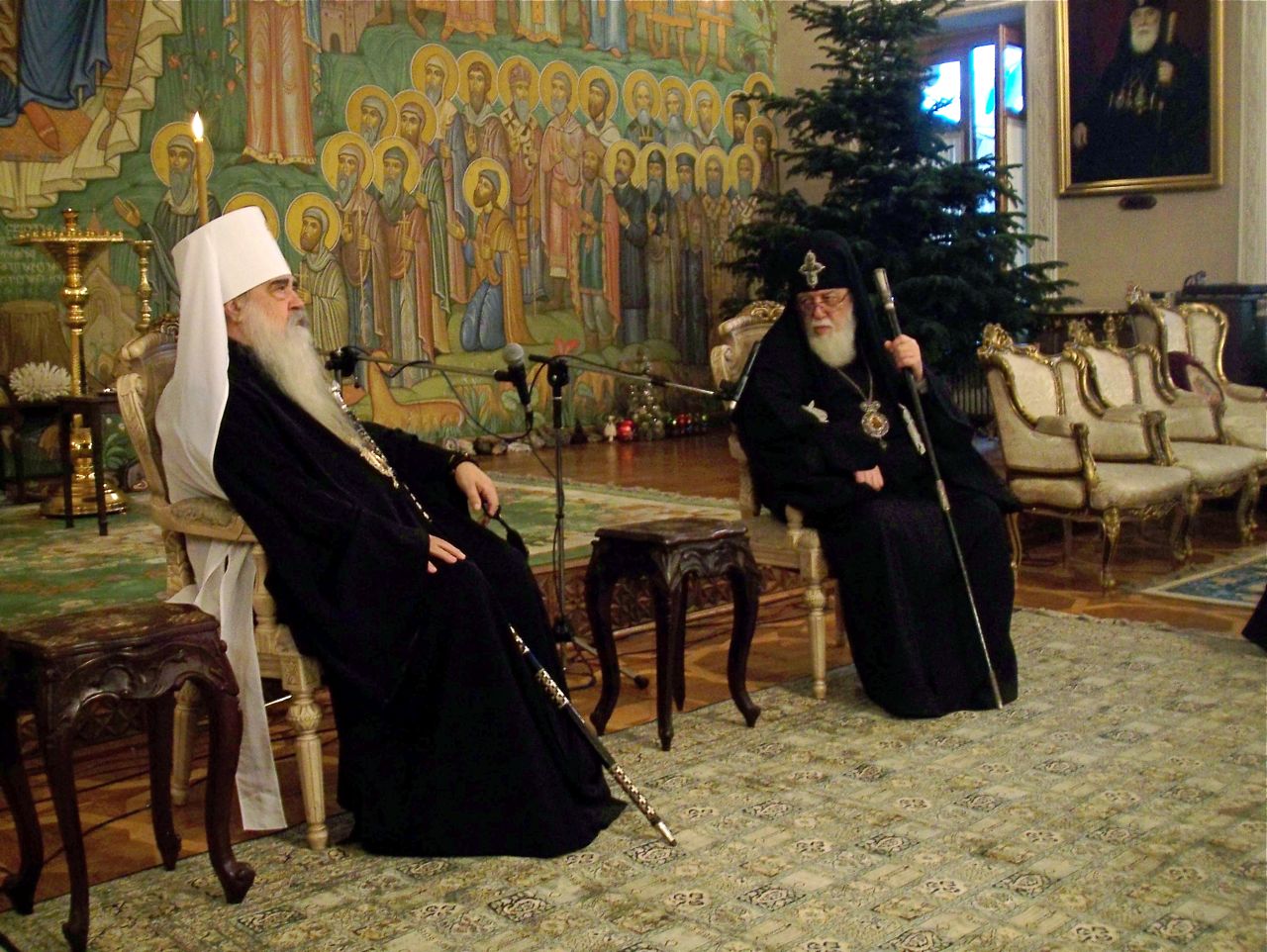
Twenty five years after the end of the USSR, it is clearer how religious minorities in the Caucasus region have adjusted to environments in which new national identities have succeeded the Soviet common identity and how such pluralism is “managed” by majorities in power. Each country of the Caucasus has a clear majority religious group: Shia Islam in Azerbaijan (around 62.8 percent of the population), Orthodox Christianity in Georgia (around 82 percent), and Armenian Apostolic Christianity in Armenia (around 92 percent). The February issue of the Swiss-based Caucasus Analytical Digest pays special attention to how religious minorities are interacting with majority faith in the area. In Azerbaijan, Slavic-Orthodox Christians make up around 1.5 percent of the population, primarily located in and around the capital, Baku. Once a “dominant minority” until the end of the USSR, many Orthodox left following independence in 1991, though they were not specifically targeted, writes Bruno De Cordier (University of Ghent). But at this point, a majority of those remaining intend to stay. The level of regular religious practice among Orthodox Christians in Azerbaijan is low (3.7 percent weekly attendance), but many consider Orthodoxy a crucial part of their Russian identity. A significant part of that population (around one-sixth) follows other churches, especially the newer Protestant or charismatic-Pentecostal denominations, although their growth has stabilized in the past few years.
In Georgia, Muslims are a minority (4.6 Shia and 5.2 percent Sunni). Consisting of specific ethnic groups (including Adjarians of Georgian ethnicity as a legacy of Ottoman times), they settled in rural areas and are still not “perceived to be full members of the Georgian nation,” writes Inga Popovaite (University of Iowa), since Georgian Orthodox Christianity tends to be seen as fundamental to Georgian national identity. Among Muslims of Azeri origins (both Shia and Sunni), the largest segment of Muslims in Georgia, there is a religious revival, with more young than old people visiting mosques. While old people are usually attached to Sufism, younger generations are being drawn to Salafism, popularized by refugees from the Chechen Wars of the 1990s. Moreover, young Azeris who have trained abroad are running institutions (Shia as well as Sunni) funded from abroad (Iran, Iraq, and Turkey). The case of Adjarians is peculiar due to their Georgian ethnicity: a significant trend has been for parts of that population to “revert” to the Georgian Orthodox faith of their forefathers—thus Islam is rather in retreat in Adjaria.
Despite the strong link between Orthodox Christianity and Georgian identity, Popovaite adds that things are changing for Muslims in Georgia: not only have they recently started to receive some state funding (that the Georgian Orthodox Church has enjoyed for a longer time), but a representative Administration of Georgian Muslims has been established in 2011, and a State Agency for Religious Issues has been created by the current administration for ensuring religious freedom and non-discrimination, although it has not yet gained public prominence. Educational efforts are also being developed for the benefit of minority groups. It remains to be seen if the influential Georgian Orthodox Church will also adjust to a more inclusive narrative, Popovaite concludes.
(Caucasus Analytical Digest – http://www.css.ethz.ch/publications/cad.html)
